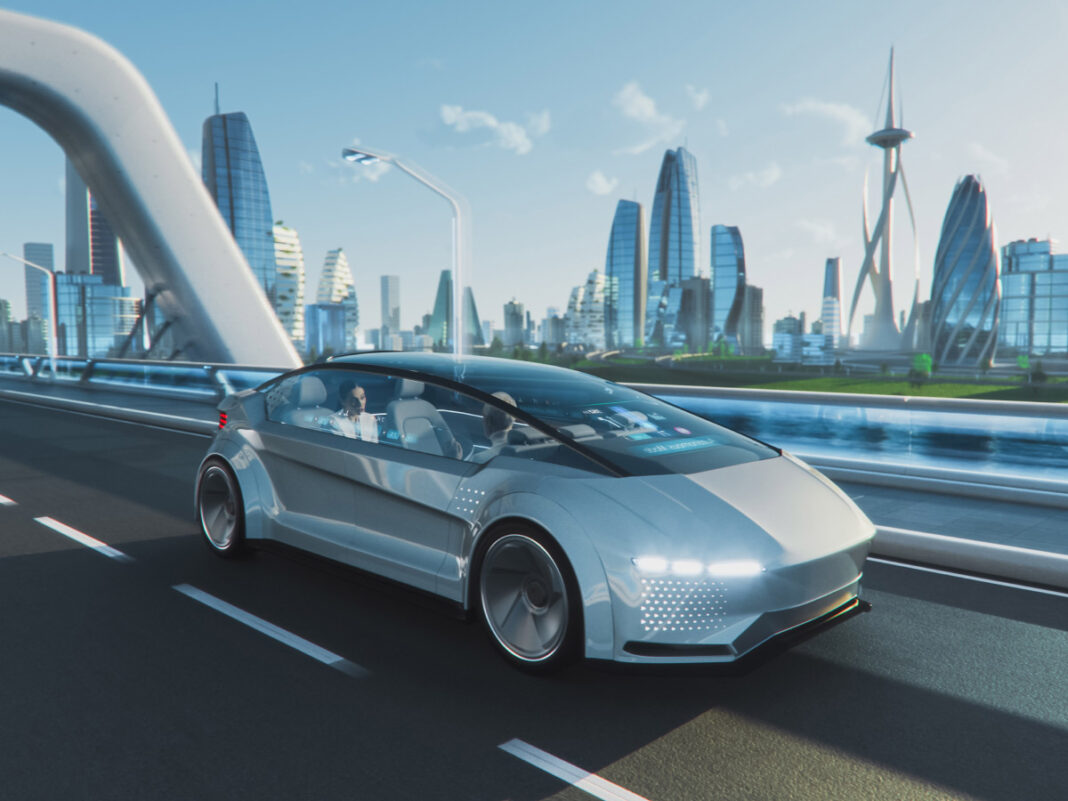The concept of driverless cars, once a fixture of science fiction, is transitioning into a tangible reality. With advancements in artificial intelligence (AI), sensor technology, and computational power, autonomous vehicles (AVs) are poised to revolutionize transportation systems worldwide. But how close are we to sharing the road with fully autonomous cars, and what challenges remain on this journey?
The Evolution of Autonomous Vehicles
The journey towards autonomous vehicles has spanned several decades, evolving from experimental projects to sophisticated prototypes navigating real-world environments. Early experiments in Japan during the 1970s laid the groundwork, followed by significant developments in Germany and the U.S. throughout the 1980s and 1990s. Today, AVs are reshaping urban mobility as cities evolve into smarter, interconnected environments.
Technological Advancements Driving Autonomy
Several key technologies underpin the development of driverless cars:
Artificial Intelligence and Machine Learning
At the heart of AVs lies AI, enabling vehicles to process a lot of data from their surroundings. Machine learning algorithms allow cars to perceive their environment and make real-time decisions, enhancing the ability to navigate complex scenarios like pedestrian crossings and unpredictable traffic patterns.
Sensor Fusion and Perception
Autonomous vehicles rely on an array of sensors—cameras, lidar, radar, and ultrasonic devices—that act as their “eyes and ears.” The fusion of data from these sensors provides a comprehensive understanding of the environment, allowing for safe navigation through complex terrains.
High-Performance Computing and Memory Solutions
The immense computational demands of processing sensor data and running AI algorithms necessitate advanced memory and storage solutions. Companies like Micron Technology are enabling this transformation through innovative memory technologies that support real-time data processing in AVs.
Vehicle-to-Everything (V2X) Communication
V2X technology allows autonomous cars to communicate with other vehicles and infrastructure, enhancing safety and efficiency. By sharing information about road conditions, traffic patterns, and hazards, AVs can make more informed decisions, contributing to a cooperative driving environment.
Challenges on the Road Ahead
Despite significant progress, several challenges hinder the widespread adoption of fully autonomous vehicles:
Technological Hurdles
The unpredictability of real-world driving poses a substantial challenge. Autonomous systems must navigate complex environments filled with human-driven vehicles, pedestrians, and unexpected obstacles. Sensor limitations, adverse weather conditions, and the need for human-like intuition in machines complicate the path to full autonomy.
Safety and Public Trust
Building public trust in autonomous technology is crucial. Incidents involving self-driving cars have led to regulatory setbacks, highlighting the importance of rigorous safety standards and transparent communication about the capabilities and limitations of AVs.
Legal and Ethical Considerations
Establishing clear legal frameworks for liability in accidents involving autonomous vehicles is a complex issue. Questions about who is responsible—the manufacturer, software developer, or operator—remain unresolved. Additionally, ethical dilemmas arise in scenarios where an AV must make split-second decisions in unavoidable crash situations.
Infrastructure and Integration
Infrastructure must evolve to support autonomous vehicles effectively. Smart cities with interconnected transportation systems can enhance the capabilities of AVs, but widespread infrastructure upgrades require significant investment and coordination.
Current Deployments and Pilot Programs
Several companies are testing autonomous vehicles in real-world settings:
- Waymo operates a robotaxi service in Phoenix, Arizona, providing limited but tangible integration of AVs into daily life.
- AutoX has launched driverless RoboTaxis in Shanghai, China, showcasing advancements in urban environments.
- Ford aims to introduce a robotic taxi service in select cities, focusing on specific applications like ride-hailing and delivery services.
These pilot programs are essential for refining technology, understanding user interactions, and shaping regulatory frameworks.
The Road to Full Autonomy
Experts suggest that fully autonomous vehicles operating in all environments are at least a decade away. The focus has shifted towards incremental advancements:
- Level 2 and 3 Automation: Most vehicles today offer partial automation, requiring human supervision. Progress in this area enhances driver assistance features and paves the way for higher levels of autonomy.
- Controlled Environments: AVs are finding success in specific settings like mining, ports, and warehouses, where environments are more predictable and easier to navigate without human intervention.
- Infrastructure Development: The integration of AVs into smart cities involves interconnected transport systems, reducing congestion and optimizing urban planning.
Societal Impact and Future Outlook
Autonomous vehicles have the potential to transform societies:
- Safety Improvements: By eliminating human error, AVs could significantly reduce accidents, contributing to safer roads worldwide.
- Environmental Benefits: Optimized driving patterns and reduced congestion can lower carbon emissions, promoting sustainability.
- Accessibility: AVs could provide mobility solutions for older adults and individuals with disabilities, enhancing independence and quality of life.
However, challenges such as job displacement for drivers, changes in car ownership models, and the need for public acceptance must be addressed thoughtfully.
Conclusion
The journey towards fully autonomous cars is a complex interplay of technological innovation, regulatory evolution, and societal adaptation. While significant obstacles remain, the advances in AI, sensor technology, and computing power are driving us steadily closer to a future where driverless cars are an integral part of our transportation landscape. As we navigate this transformative period, collaboration between industry leaders, governments, and communities will be essential in realizing the full potential of autonomous vehicles.


